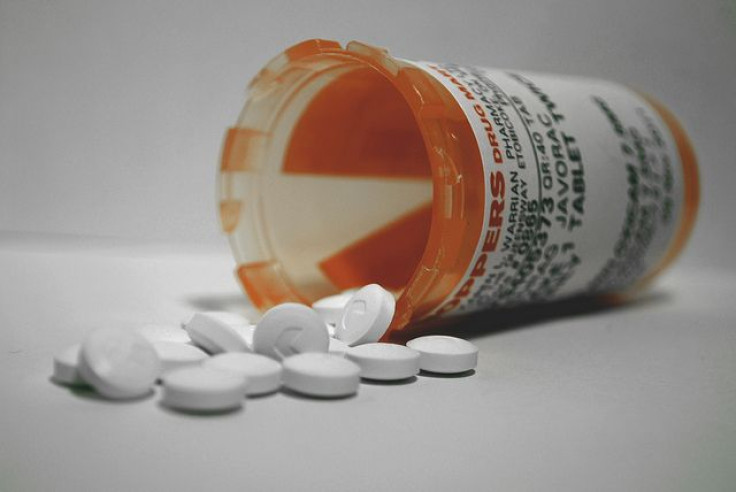Mallinckrodt Designs Successful Pain Med For Post-Surgery Bunions: What Does This Mean For Physical Therapists?

A drug to reduce the intensity of pain for patients who have undergone bunion removal surgery has been found successful in its experimental phase. Mallinckrodt Plc, a pharmaceutical company that specializes in pain treatment drugs, has announced that a new painkiller has been developed and shown significant improvement in the lessening of pain over a 48-hour period.
The drug is actually a combination of two well-known pain drugs, acetaminophen — a mild pain reliever under the brand name Tylenol — and oxycodone, which is a highly addictive poppy-derived opioid. Both drugs have been on the market for decades, and there already is a generic version of the combination currently available; however, it has been frequently abused by those who snort or inject it into their bloodstream to supply the body with an addictive high.
The pain from a bunion can be intense, possibly making exercise and even walking difficult, which makes bunion surgery an often necessary procedure that is inevitably coupled with pain. The Mallinckrodt drug, MNK-795, was taken in the form of two tablets every 12 hours by subjects during the study. The participants found that their pain subsided significantly post-surgery.
Bunions form on the joint and base of the big toe. They form when they constantly rub against other toes, ultimately forcing the joint in the opposite direction away from a normal alignment. Arthritis and shoes that fit too tightly have also been known causes of bunions. The bony bumps will continue to enlarge and cause more pain unless the problem is addressed through surgery.
However, surgery can be serious, and the healing process is usually painful. During the hour-long procedure, an incision to the top or side of the toe is made, and soft tissue or bone is either removed or realigned. In certain cases, if the joint is severely deformed, then it is stabilized with tiny wires, screws, or plates.
Bunion sufferers try to avoid surgery by seeking treatment from a physical therapist who works to strengthen the muscles around the ankle or helps to align their hips in a way that could alleviate some of the pressure from the bunion, according to David Parisi, a practicing physical therapist who specializes in rehabilitation. Often, patients must also attend physical therapy after bunion surgery in order to readjust to the new alignment of their foot.
“Post-surgically, we have to readjust the patient’s biomechanics and decrease the scar tissue in order to improve the mobility of the soft tissue,” Parisi said. “By having a new type of medication that can alleviate the pain patients experience after surgery, we will be able to administer more help to the patient’s healing process and ultimately provide a better success rate for the surgery.”
Without pain medication, patients will be limited in both their mobility to perform and their drive to continue with treatment. Without the help of a physical therapist, post-surgery patients will find themselves bedridden for weeks and forced to struggle on their own to adjust to their foot’s new alignment.
The average recovery period for patients who have undergone bunion surgery can be anywhere from six weeks to six months, depending on the extent of the surgery. The pain that immediately follows the surgery can be excruciating, according to some patients, which is why they are prescribed a painkiller similar to the one that Mallinckrodt has developed.



























